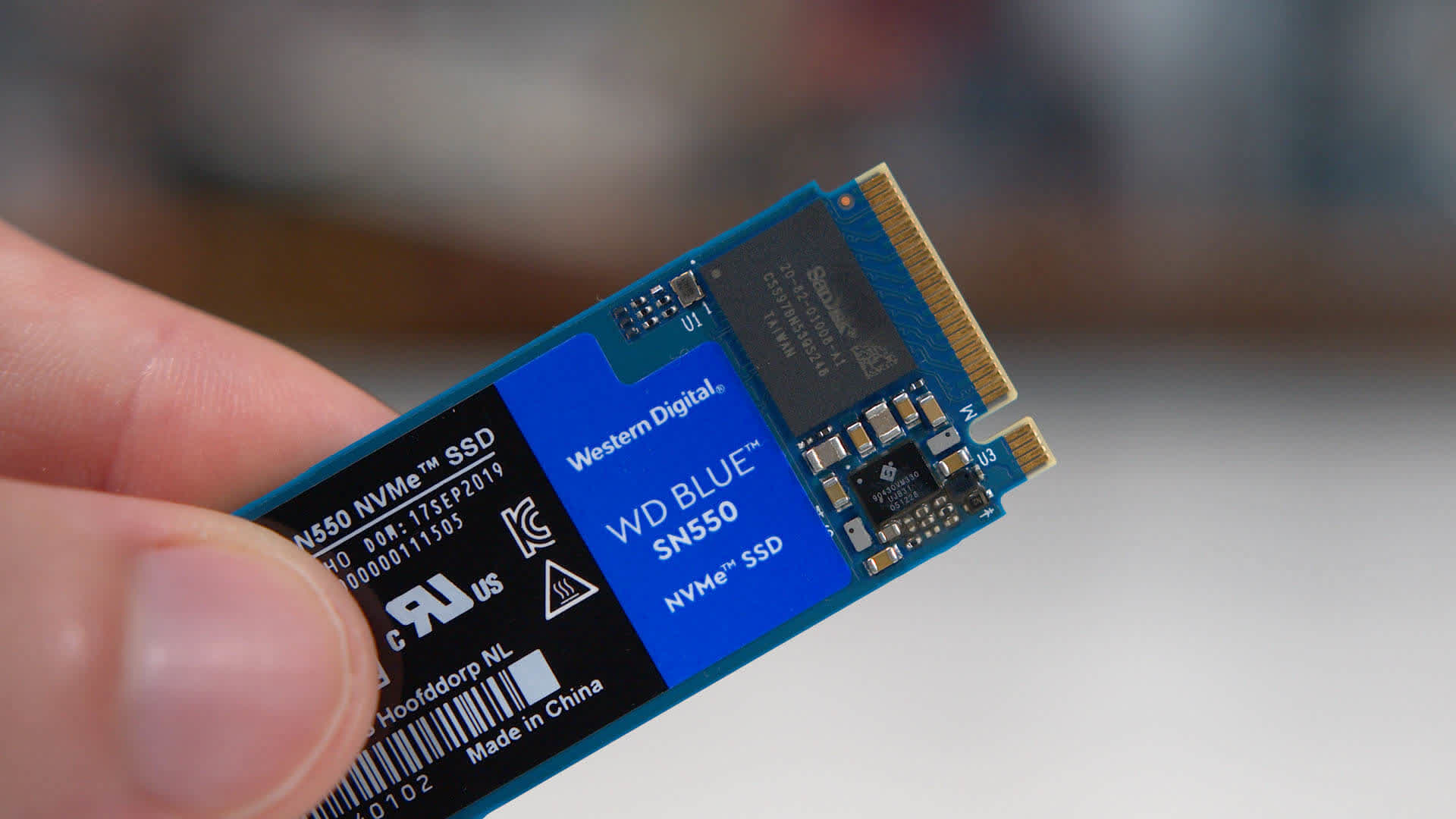What just happened? Western Digital quietly changed the NAND flash in one of its budget SSDs with a lower-grade version that only performs as well as that of its cheaper brother. While this isn't going to be a deal-breaker for everyone, the company hasn't told reviewers and consumers about it -- a behavior that's slowly turning into a trend.

Buying an SSD can be a daunting task with the variety of options that are available today. Using guides like our own can help you navigate through these waters, but sometimes a manufacturer will decide -- for any number of legitimate reasons -- to quietly change the NAND flash or controller chipset in one or more SSDs that have already been reviewed and received glowing recommendations.
While minor hardware revisions that improve on the initial release for a product are a common occurrence in the tech industry, it's never acceptable when the revised product is inferior in any way to the original and this fact isn't disclosed to reviewers and potential customers. Such is the case of the WD SN550 Blue SSD, a popular budget SSD that has been modified in a way that cripples its write performance.
| Model | WD SN550 Blue 1TB | SanDisk Ultra 1TB | WD SN350 Green 1TB |
|---|---|---|---|
| Formatted Capacity | 931.3GB | 931.1GB | 894.1GB |
| SLC Cache Size | 12 GB | 10 GB | 10 GB |
| Write Speed w/ Cache | 2160 MB/s | 1945 MB/s | 2030 MB/s |
| Write Speed w/o Cache | 390 MB/s | 849 MB/s | 376 MB/s |
The change was noticed by Chinese news site Expreview, who noticed that Western Digital swapped the NAND on the SN550 Blue SSD for a slightly lower-grade version that doesn't perform nearly as well when you need to copy large files around.
Both the old and the new version achieve write speeds in excess of 2,000 megabytes per second as long as the transfer doesn't exceed the 12-gigabyte SLC cache. However, once that is filled and the SSD starts writing without it, the speed drops from 610 megabytes per second on the old drive to just 390 megabytes per second on the new one.
As noted by Expreview, the performance results of the new SN550 Blue drive are more in line with the cheaper SN350 Green. To be fair, this issue only becomes noticeable if you happen to move large files very often, but even so this doesn't excuse the lack of communication on the part of Western Digital. While not exactly an apples-to-apples comparison, the company did something similar with its HDDs in the recent past and ended up with class-action lawsuits.
This behavior highlights one of the consequences of the ongoing chip shortage -- manufacturers are scrambling to meet a surge in demand for everything that has silicon in it, and in the process they are forced to make sacrifices that are more or less noticeable to the end user. Smaller manufacturers, in particular, may be more prone to this behavior due to their lower negotiation power.
However, after you've seen this with the likes of Kingston, Crucial, Patriot, Adata, and now Western Digital, it certainly isn't a good sign. Consumers don't need to be told about each and every change if the new revision of an SSD performs the same as originally advertised, but they certainly do deserve better than bait and switch.
https://www.techspot.com/news/90928-western-digital-caught-swapping-lower-grade-nand-budget.html
